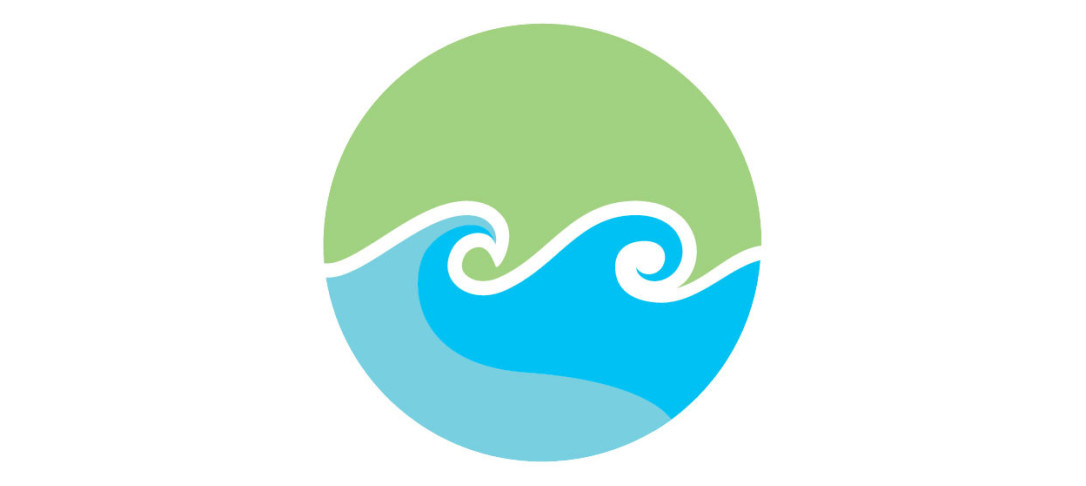
As the forefront of ocean and human interactions, the coast is heavily affected by climate change, as severe environmental conditions and extreme weather events deteriorate the natural environment and inhibit the processes taking place along the coastline, leading to economic, environmental and social disparities. The accurate description of waves is therefore an essential prerequisite for the design of costal infrastructure. This represents an intricate problem for coastal areas, as they often comprise of sloping or complex bathymetries. Existing literature mainly addresses the topic using regular waves or idealised wave groups, such as bichromatic waves. However, a real sea-state is inherently random and directionally spread; as such, there has yet to be made a breakthrough that combines its stochastic nature and the complex bathymetry of the seabed. In an attempt to bridge the current knowledge gaps and advance the state of the art, a series of laboratory experiments in specifically designed shallow-water facilities incorporating a wide range of bed configurations will be conducted. The main aim is to investigate the effects of nonlinearity, directionality, spectral bandwidth, effective water depth and bed configuration, and their role in wave interactions, underlying wave kinematics and wave breaking. In this talk, I will be discussing the scope of this research, and present some preliminary results from random wave experiments conducted in the coastal flume.


